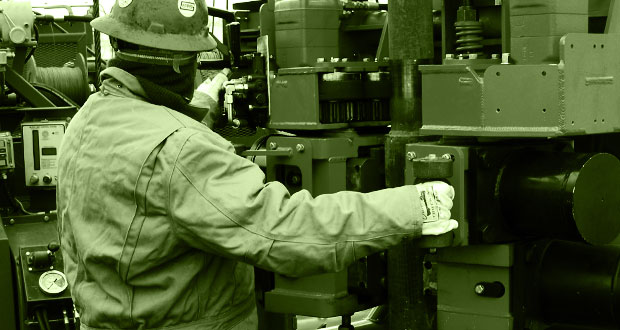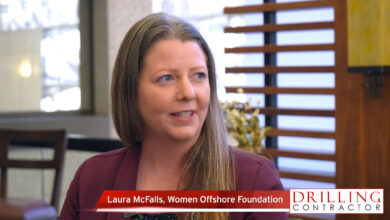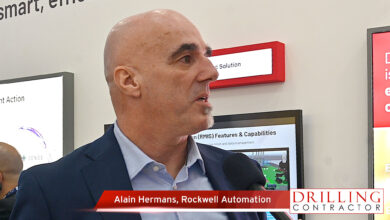Ongoing safety initiatives exemplify industry’s spirit of continuous improvement

By Linda Hsieh, Editor & Publisher
While the oil and gas drilling industry gets a bad rep among the general public for being “unsafe,” those who work in this industry know that safety is actually deeply ingrained into our culture. The recent IADC HSE&T Conference in February exemplified the industry’s journey of continuous improvement when it comes to keeping our people safe.
One focus area highlighted at the conference was around serious injury or fatality (SIF) prevention. This is an area where drilling contractors are working well ahead of regulators. While there are no legal requirements for reducing or measuring SIFs, many drilling contractors are already doing so. During a panel session, Ryan D’Aunoy, Senior Manager – HSE Management Systems at Precision Drilling, noted his company’s ongoing work to adopt a hierarchical blueprint for incident investigations. Rather than finding fault with the actions of any single employee when something happens, organizational learning is prioritized.
Another panelist – Dan Haslam, Director – Operations Integrity and HSE at Transocean – discussed the company’s WorkSight digital assurance and verification program. Observations made by rig crews, using a mobile app, allow senior rig leadership to verify safety measures and help them coach personnel.
William Arpe, HSE Specialist at H&P, mentioned tools such as the SIF Decision Tree and SIF Exposure Alert, as well as LifeBelts, which help crews to focus their attention on the things that control and remove exposures with the greatest risk. Click here for our full report on the SIF panel session.
Another presentation at the conference looked at Noble Drilling’s efforts to learn from normal work. This effort is motivated by the recognition that rig crews safely and successfully perform their duties day in and day out, overcoming situational challenges without incident. Gaining insights from this huge volume of “successes” can prove valuable, said Thomas Koester, Human Factors Specialist at Noble.
One example he cited involves the practice of “active waiting” – when crew members are close to the red zone but are not working, they maintain eye contact with the driller’s cabin and observe equipment movement. This helps to ensure they’re out of harm’s way. “This is not something that is in formal procedures. This was just grown organically out of their everyday practice,” he said. But by intentionally discussing this practice in a facilitated meeting, proactive learning was achieved. Read our report on Noble’s “bottom-up” approach to learning here.
Seadrill’s HSE Manager Sagar Raut also spoke at the conference about the company’s work upskilling Safety Officers and redefining their roles on the rig, removing the bulk of administrative duties so they can focus on helping crews do their jobs better. Click here to read more about Seadrill’s work. DC




